Wood, plastic, glass or bamboo? Three inches thick or pancake thin? On-the-counter or over-the-sink?
Shopping for a cutting board can be a challenge, given all the options that are available today. And once you make your way through the maze of function and form, there’s style and color to deal with — do you want that maple board in a simple rectangle or in the shape of a cute cow?
Here’s some advice from people who use cutting boards every day that should help narrow down the choices.
MATERIALS
The traditional choices, wood and plastic, both have pros and cons.
Wood is easier on your knives, but you can’t really throw it in the dishwasher because if it gets too wet, it will split and crack.
Plastic is convenient because it’s dishwasher safe. A lot of people like that they can get it in different colors, so they can have separate boards for meat, veggies and fish. But plastic will show knife marks more readily, and when the cuts get deep enough, they could harbor bacteria.
“The problem is with any of those plastic boards, they do sort of scar up faster,” said Suzie Rephan, manager of LeRoux Kitchen on Commercial Street. “But you could put them in the dishwasher, whereas you can’t put wood cutting boards in the dishwasher. They’ll just get ruined.”
Whether a hardwood board or a plastic board is better for fighting bacteria that could cause foodborne illess is still “up in the air, actually,” said Scott Jones, a chef instructor at the Stonewall Kitchen Cooking School.
“They’re still debating that,” he said. “Lately, it’s been proven that wood has a natural anti-bacteria fighter in it. I’m not a scientist, but I know that’s what they’re leaning towards now. They’re saying plastic isn’t as safe because when you wash it and run it through the dishwasher, it’s not porous. It doesn’t breathe. If you don’t dry it, the water just stays on the cutting board, and then that can help harbor bacteria too, if your cutting boards are wet. So when you wash them, you want them to be dry.”
What about bamboo?
Bamboo is also better for your knives and “sort of naturally anti-bacterial,” Rephan said, but like hardwood, shouldn’t be put in the dishwasher or soaked overnight.
Rephan said Epicurean boards made out of a tough wood composite material are big sellers in her store. They treat knives well like a wood cutting board does, but they can go into the dishwasher with no problem.
Jones said Epicurean is his favorite brand, and it’s what he uses at home. He said that in addition to the wood composite boards, the company has a new board made out of recycled milk jugs ($19.99 to $34.99) that doesn’t harbor bacteria and can also go into the dishwasher. He likes the fact that they’re environmentally friendly.
“Another thing I like about them is they come in different colors, which I tend to do at home,” he said. “I have cutting boards that come in different colors, depending on what I’m using it for. If I have a green cutting board, I know my vegetables go on the green. And if I have yellow, that’s for raw chicken, and red would be for raw beef.
“And I have one that’s brown for cooked beef, and then you can have a blue one for fish and things like that. That way you can know exactly what you’re using for what color so you’re not transferring bacteria.”
The Epicurean wood composite boards ($11.99 to $34.99), Jones said, are not only decorative but oven-safe as well.
“You can put them in the oven for up to 350 degrees,” he said. “So if you were slicing meat or something like that on it, and you wanted just to keep it warm, you could put the whole cutting board right in the oven at a low temperature and then when you’re ready to serve it, just pull it out. I really like that idea.”
Another option for people who are worried about spreading bacteria are the less expensive, thin, flexible plastic cutting mats that can be placed over a wooden board. After they’re used, they can be tossed in the dishwasher, and there’s no need to worry about cleaning the wooden board.
The mats go for $3.29 and up for a pack of four.
“When you feel like they’re getting too cut up and worn out, you can just toss them and get a new set,” Rephan said.
The only material not recommended? Glass. It will dull knives faster than Gordon Ramsay can say @&!$!
HOW WILL THE BOARD BE USED?
Are you chopping an apple or slicing chicken breast? For small tasks like cutting a lemon, obviously you’ll need a smaller board. If you’re grilling outside or chopping fruit, consider a cutting board with a grooved well to capture all the running juices.
“For people who have smaller kitchens or a smaller work space, they have these over-the-sink cutting boards so it lays right across the top of your sink,” Jones said. “It has a hole in it, so you could be chopping and cutting, and you could be throwing your scraps right into the sink.”
THICKNESS
Cutting boards typically come anywhere from a half-inch thick to almost 3 inches, notes Jane St. Pierre, co-owner of Kitchen & Cork in Scarborough. Cooks should remember that the thicker boards are, they heavier they are.
“If you’ve got to lift that thing from down under your cupboard to your work surface,” she said, “you don’t want to be pulling out a 20-pound board.”
SPECIAL SHAPES AND FEATURES
Most people are familiar with the simple, rectangular cutting board, but some manufacturers make boards in interesting shapes that improve function.
A “bridge board,” for example, is curved so that a plate or bowl can fit halfway underneath it and catch food as it is chopped.
Rephan said there is also a cutting board shaped like a dustpan with sloped sides, so prepped food slides easily into a pan.
“In the maple boards, they came out with the end grain, where you see little squares where the board is made with grains up and down instead of side to side,” St. Pierre said. “The end-grain boards are even safer for your knives, because you’re not cutting across the grains, you’re cutting right into the grain on the wood.”
Architec makes both wood ($24.99) and plastic ($14.99) “gripper boards” with another popular feature — soft “feet” that keep the cutting board from sliding all over the counter.
“People love (the plastic gripper boards) because you can put them right in the dishwasher,” St. Pierre said. “That’s a big seller for us.”
Cutting boards with wells or deep grooves carved into them are popular with people who don’t like messes. The grooves catch the juices from a piece of meat just off the grill or from a piece of fruit cut up for lunch.
J.K. Adams, a cutting board manufacturer in Vermont, makes a “pour spout” cutting/carving board ($53 to $85) that has a depression in the middle to safely hold a roast or chicken.
It also has a groove all around the edge that ends in a spout. That’s so the cook can save the juices from the meat to return to the pan, where it can be transformed into a nice sauce or gravy.
NOVELTY BOARDS
There’s no practical advice here. Just go with whatever tickles your sense of whimsy.
J.K. Adams makes boards in lots of fanciful shapes, including farm animals like cows and roosters, and various kinds of fruit. A “water collection” features cutting boards in the shape of whales, turtles, boats and fish.
The boards are covered in a food-safe antique stain, and are lightly distressed to add character.
St. Pierre has fallen in love with the pig board ($30). When customers come in looking for a house-warming gift, it’s often what she recommends.
“I love it,” she said. “I just think it’s the most adorable thing.”
“People are known, I guess, to keep this pig board and pass it down from generation to generation,” she added.
One customer, St. Pierre said, even framed her pig board and put it on the wall after it had outlived its usefulness.
“Some of the boards are really expensive,” she said. “They’re almost like showpieces. I’ve got one that I have in the kitchen here. It’s round, it’s made by J.K. Adams, and it’s just beautiful presentation. At a wine tasting, I’ll serve a brie cheese and put some apples or pears around it, and it’s actually a serving platter, because it’s so pretty.”
Staff Writer Meredith Goad can be contacted at 791-6332 or at:
mgoad@pressherald.com
Twitter: MeredithGoad
Send questions/comments to the editors.


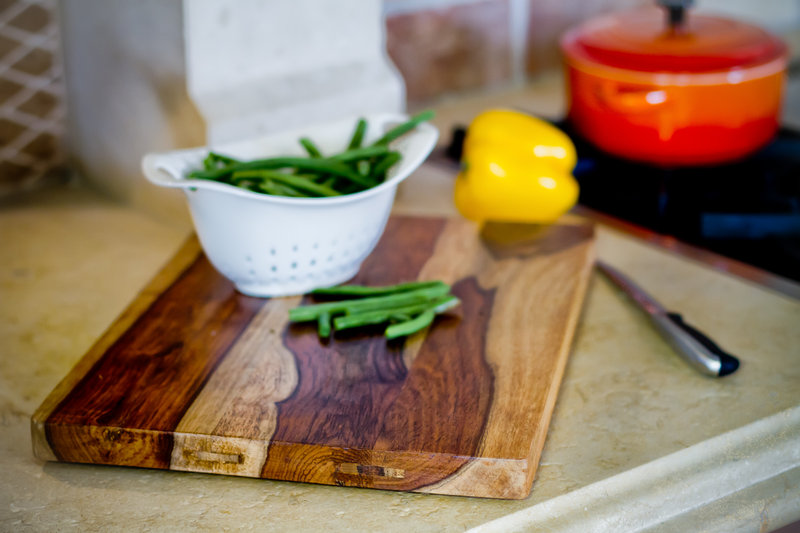
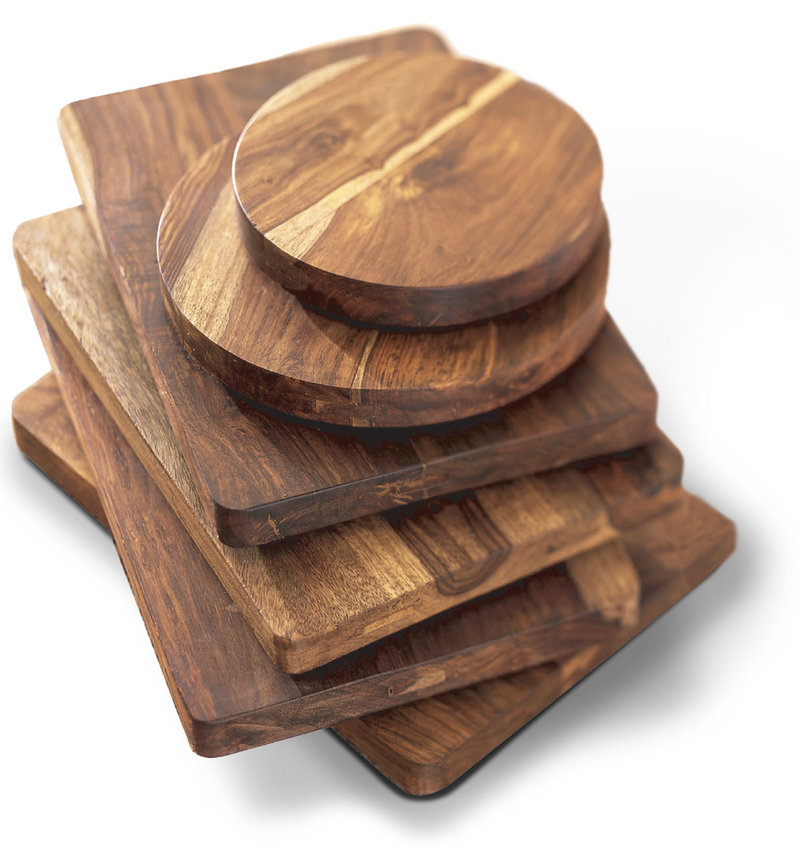
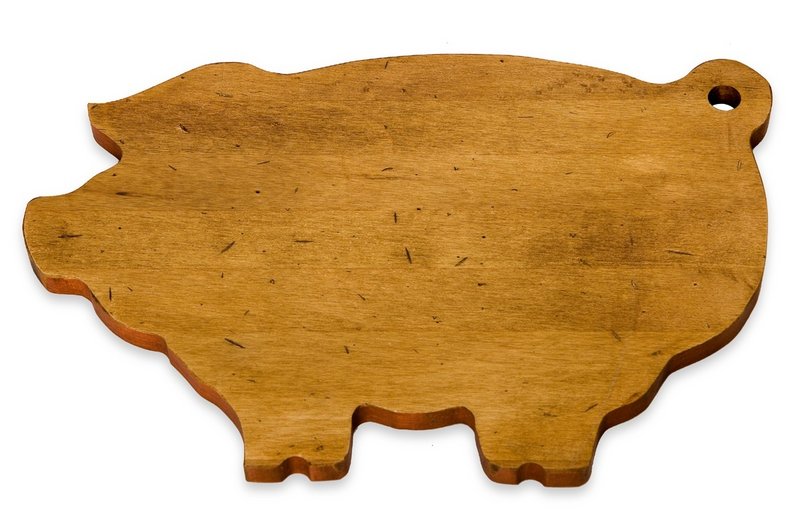
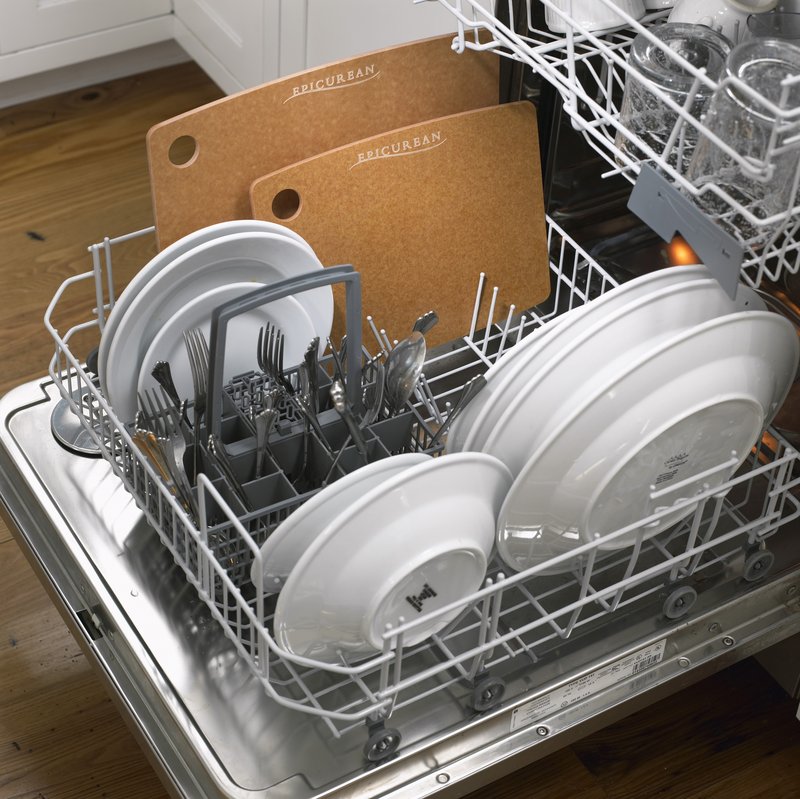
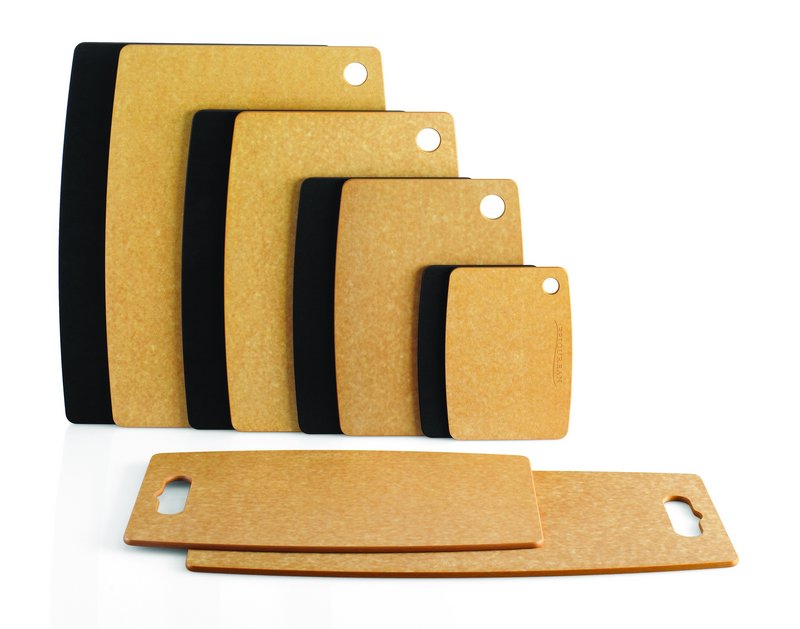
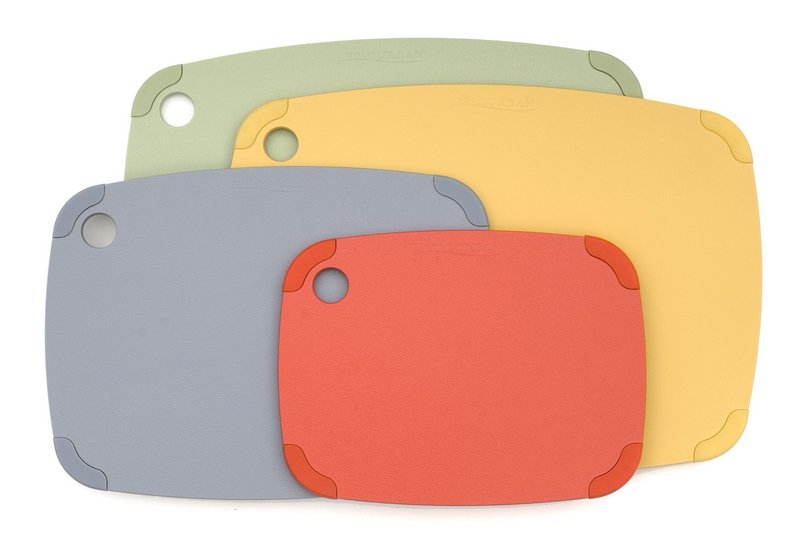
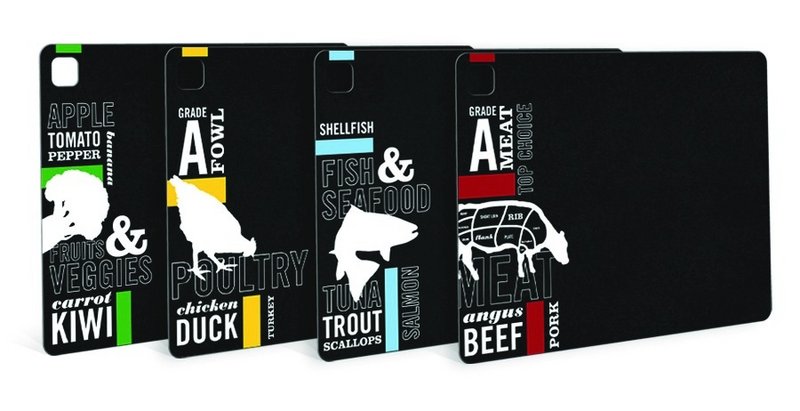

Success. Please wait for the page to reload. If the page does not reload within 5 seconds, please refresh the page.
Enter your email and password to access comments.
Hi, to comment on stories you must . This profile is in addition to your subscription and website login.
Already have a commenting profile? .
Invalid username/password.
Please check your email to confirm and complete your registration.
Only subscribers are eligible to post comments. Please subscribe or login first for digital access. Here’s why.
Use the form below to reset your password. When you've submitted your account email, we will send an email with a reset code.